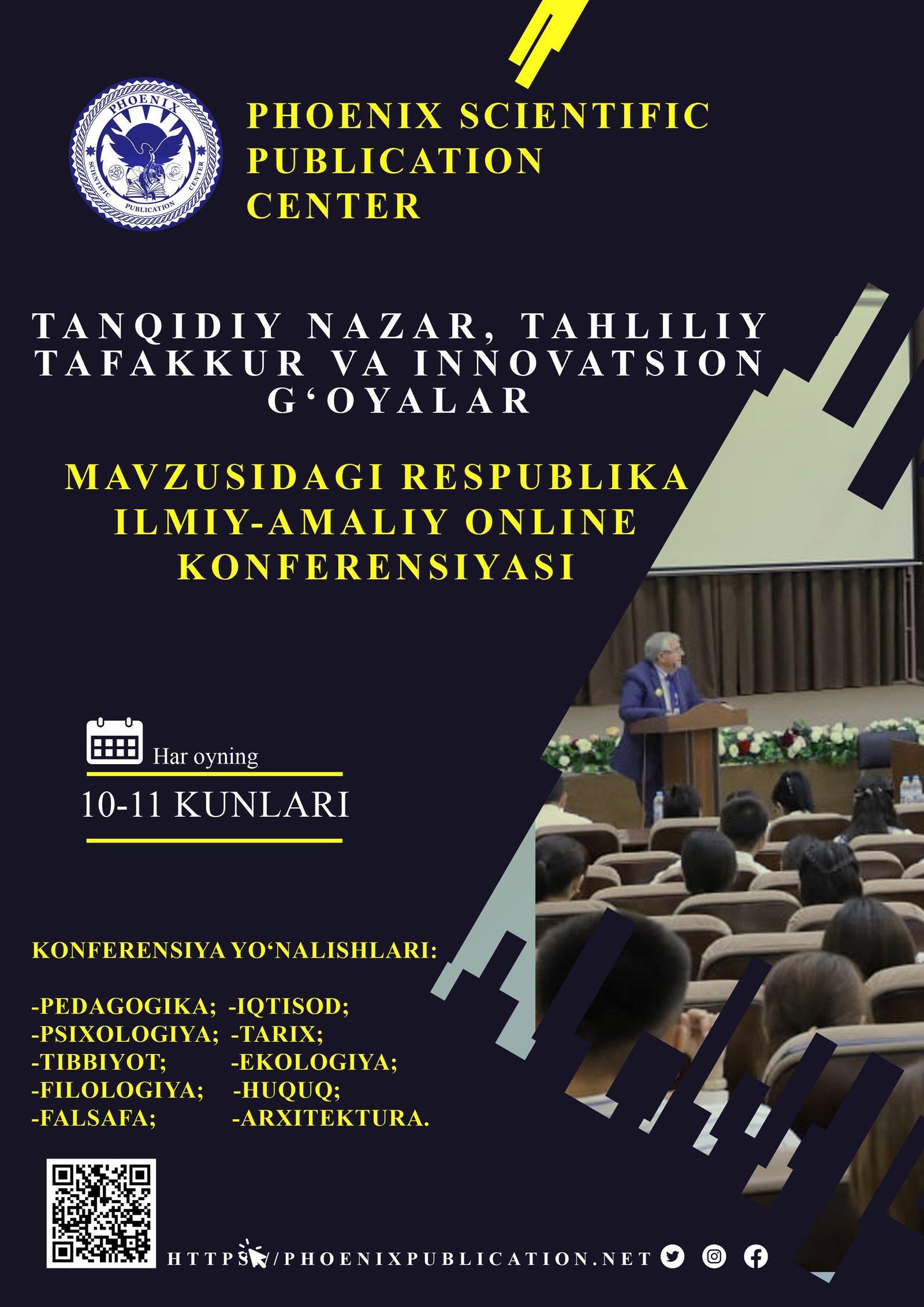Abstract
This paper explores the literary development during Japan’s Heian period (794–1185), with a particular focus on how the emergence of kana script enabled the formation of women’s literature. While men wrote mainly in Chinese (kanbun), women—excluded from formal Chinese education—adopted kana to express personal thoughts, emotions, and daily life. The study highlights the literary environment of the time, the significance of kana, and the influence of prominent female writers such as Murasaki Shikibu and Sei Shōnagon. Their works, *The Tale of Genji* and *The Pillow Book*, exemplify how kana literature reflected and shaped Japanese aesthetics and cultural identity.
